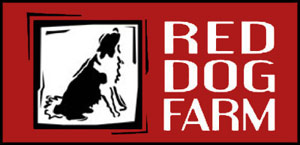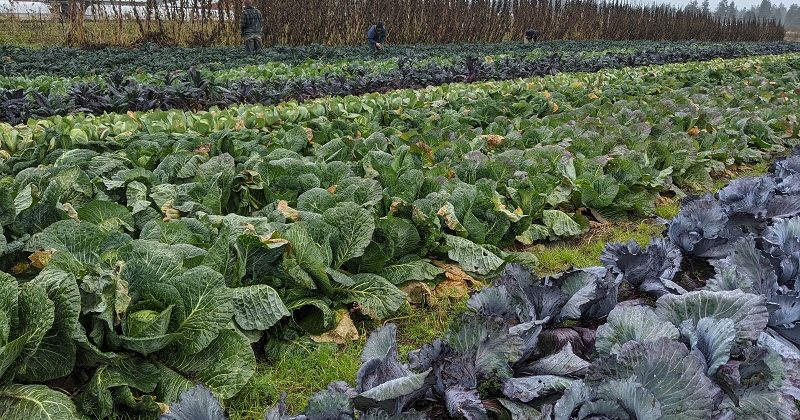Buoyed by Diversity
The red cabbages in your share this week are beautiful in the field. The dusty-lilac and rich violet colors of their leaves contrast with the various greens of their neighbors, which include other kinds of cabbages, several types of kales, sunchokes, lettuces, leeks, and more.
This kind of diversity is one of the factors that kept the farm stable during this chaotic year. We grow many different crops, and multiple varieties of some crops, and offer them to lots of outlets. The strength of this diversity is that if one crop fails, or one customer stops buying from us, we have other ways to make up for it. Industrial farms that grow a single crop for a single market don’t have this flexibility. For example, earlier this year, restaurants were forced to close or cut back because of the pandemic. The farm had been counting on sales to restaurants and had planted our crops accordingly. Fortunately, our CSA members came to our rescue and signed up in record numbers, providing us with needed funds and an outlet for our produce.
This is why we grow tulips in the spring and store roots in the fall. We grow short-season radishes and salad greens, which only take a handful of weeks to mature, and also cauliflower and purple sprouting broccoli, which stick around from summer through winter and into spring. We grow both red kale, which can tolerate frosts, and lacinato kale, which is loved by consumers but doesn’t survive cold temperatures. We plant variety trials, in which we plant a dozen varieties of one crop to see which thrives in the specific conditions of our fields.
Caring for, harvesting, and selling so many kinds of produce isn’t very efficient in the short term. It takes extra time to harvest small amounts of many crops, and we need to know about many more diseases, pests, growing conditions, water requirements, and more for so many different plants.
In the long term, though, diversity gives us sustainability, beauty, and delicious meals.
~Rachel

